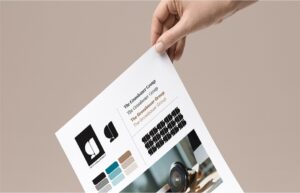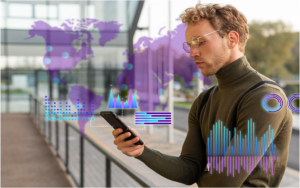The Psychology Behind Effective Web Design

In today’s digital age, having a website isn’t merely a ‘nice-to-have’; it’s a necessity for businesses big and small. While most organisations understand the importance of web design, few grasp the psychology behind it—a key factor in engaging visitors and converting them into customers. This article delves into the psychological principles that make web design effective and why companies, including those looking for a web design agency in Singapore, should take them into account when crafting their online presence.
The Power of First Impressions
The saying “don’t judge a book by its cover” doesn’t quite hold water when it comes to web design. Visitors typically form an opinion about your website within 50 milliseconds. Hence, the visual impact—use of colour, layout, and typography—can make or break that crucial first impression.
People are more likely to engage with a website that’s easy to understand. A clear, coherent layout, along with easy-to-read fonts and intuitive navigation, reduces cognitive load, making users more likely to spend time on your site.
Emotional Engagement through Colours and Shapes
Colours evoke emotional responses, and effective web design utilises this to its advantage. For instance, blue often signifies trust and calmness and is thus commonly used in corporate and finance sites. Understanding the psychology behind colours can help to set the mood and encourage specific behaviours from users.
Shapes can also have a psychological impact. Rounded shapes are often seen as more approachable and comforting, while angular shapes are associated with efficiency and professionalism. The use of shapes can subtly guide a user’s emotional response to your site.
Focusing Attention Through Visual Hierarchy
Headings are not just organisational elements; they serve to direct focus and imply importance. Good headings grab attention and encapsulate the message you want to convey, keeping readers engaged and encouraging them to read further.
People are naturally drawn to images, especially those containing human faces. Strategic use of imagery can direct attention and offer cues on how to interact with a site. Icons and arrows, for instance, can guide navigation and prompt users to take specific actions like clicking a button.
Building Trust and Credibility
Humans have a herd mentality; we’re more likely to take action if we see others doing the same. Featuring testimonials, client logos, or social media feeds can build credibility and help establish trust.
Consistency in design elements like fonts, colours, and layout across all pages builds a sense of reliability and professionalism. Consistency also minimises confusion, making the user experience more enjoyable and efficient.
Conclusion
Understanding the psychology behind effective web design can significantly influence user engagement and conversion rates. From the power of first impressions and emotional engagement to directing attention and building trust, each psychological principle has a role to play. Businesses, whether looking for a web design agency in Singapore or elsewhere, would do well to incorporate these principles to create a website that not only looks good but also connects with its audience on a psychological level.







